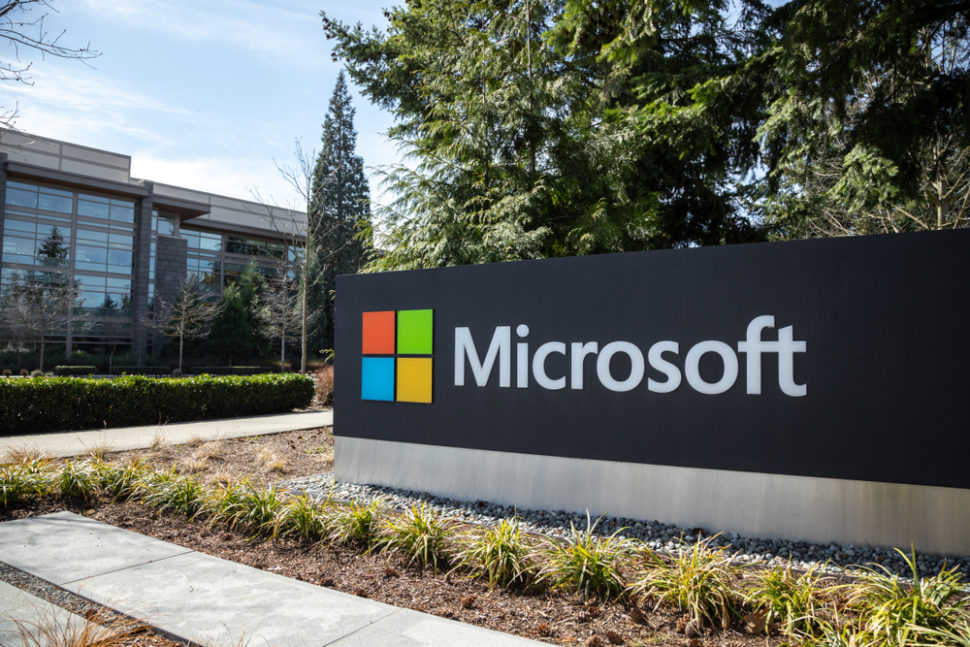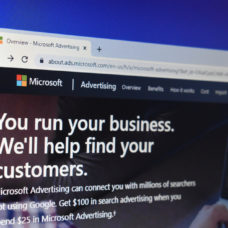Last year, the Airband Initiative announced intentions to provide internet to three million American homes in rural areas. Now, the initiative is extending the program across the world to millions of people by July 2022.
A recent estimate suggests that about 58.8 percent of the world’s population has access to the internet. As great as this sounds, that means another half of the world cannot enjoy what many consider to be a human right
While several ongoing efforts are working towards making internet access global, the adoption is not as fast as you would imagine.
According to the United Nation’s State of Broadband Report, not only has broadband adoption slowed, but progress has remained elusive. This especially true in low income and rural areas across the world where only about 14 percent have an in-home internet subscription.
Well, Microsoft is trying to change this through its Airband Initiative.
The company’s head of technology and corporate responsibility, Shelly McKinley wrote in a blog post:
“Through the new international track of the Airband Initiative, our goal is to extend internet access to 40 million unserved and underserved people around the globe by July 2022.”
According to McKinley, the program will focus on significantly underserved populations – Latin America and Sub-Saharan Africa – that “have a regulatory interest in solving connectivity issues.”
So, how will the program work?
How the Airband Initiative Intends to Provide Internet Access to 40 Million People
Microsoft intends to achieve its goal using a four-part approach.
First, Airband International would team up with the local internet service providers in (ISPs) in the selected areas. With this partnership, Microsoft hopes to provide affordable and reliable internet service.
Also, the program intends to remove the regulatory obstacles to TV White Space (TVWS). That means ISPs can extend their network quickly to provide internet access to underserved and rural areas.
The third approach entails what Microsoft is calling “digital transformation in the newly connected regions.”
With access to high-speed internet, the tech giant intends to improve the rural productivity and livelihood in the connected rural areas. The areas of focus include agriculture, rural entrepreneurship, education, telemedicine, and off-grid energy sources.
Finally, Microsoft wants to build a broader ecosystem of support. In other words, the company wants to get other people to invest in the effort to bring internet access to millions of people.
McKinley concluded:
“There are too many things that divide us in the world today. The internet can bring us closer together, foster new understandings and connections and remove structural barriers to opportunity and equality.”



















Comments (0)
Least Recent